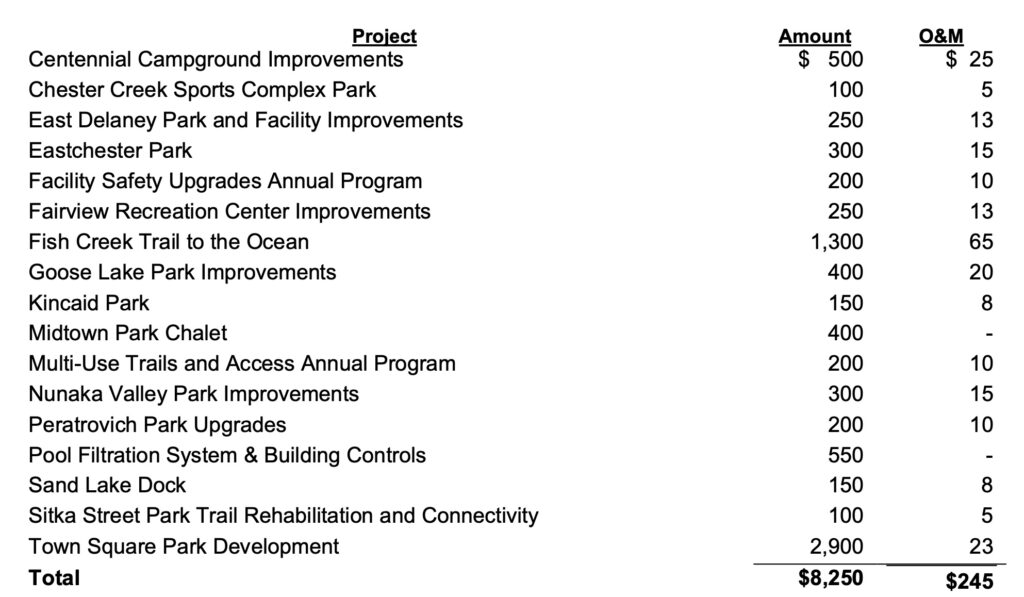By LINDA BOYLE
Just when you think it can’t get any worse, new information has surfaced on the bad health effects from the Covid-19 jab.
Yale University scientists have linked the Covid-19 shot to an incredibly rare, yet alarming syndrome referred to as “post-vaccination syndrome.” Akiko Iwasaki, an immunologist at Yale, led the study.
Have you ever suffered from these symptoms after getting a Covid shot: brain fog, dizziness, tinnitus, and poor tolerance to exercise? Then you may have post-vaccination syndrome. Additionally, there are biological changes that include changes in immunity cells and coronavirus proteins, even years after getting the shot.
These same scientists determined that the shot can wake up dormant viruses in your body such as the Epstein-Barr virus.
Epstein-Barr is a common virus that occurs in about 50% of children under five and 95% of adults over a lifetime. When reactivated, it can cause symptoms such as an “enlarged spleen, swollen liver, swollen lymph nodes in the neck, and a rash.”
In some cases, it leads to mononucleosis and can on rare occasions lead to cancer.
Professor Iwasaki played down the results of her study. She stated that there is still a lot of work to be done, and this is just the first step in determining what is going on with people who have had these effects. She believes the next step is to determine how many people have been affected and who may be most vulnerable.
Suffice it to say, this is just the latest example of serious medical problems incurred from taking the Covid jab.
This study was only published on the preprint server. Mainstream medical journals have refused to publish it. The sample size was small, but the data were statistically significant.
Fortunately and rather unbelievably, The New York Times chose to get the truth out.
I consider this a good beginning to vindicate those who have said there were bad side effects from the jabs. Vaccine injuries are real.
Recently, Dr. Deborah Birx, who served as the White House coronavirus response coordinator in the first Trump White House, confirmed the Covid shots weren’t designed to prevent against infection. Also, they were to be rolled out to the elderly with co-morbidities. In an interview with Piers Morgan, she went on to say:
“When we say that we’re following the science and the data, we need to follow the science and the data. And the science and the data said people primarily over 65 or people with significant co-morbidities were at risk for severe disease. Those are the individuals that should have been immunized first. And we should have put our science behind our immunization schedule and protected those most at risk,” she said.
Wow, that’s not the message I heard. By their plan, everyone had to get it. If you didn’t get it, you were killing your neighbors and grandmother. It was supposed to prevent the disease, which it didn’t. It was supposed to give immunity, which it didn’t. I could go on.
We suffered through four years of hell thanks to Big Pharma, misinformation from Big Government, and lies from Dr. Science (Anthony Fauci.)
I can safely say more needs to be done. The American people have lost trust in the medical community and that community needs to work especially hard to get it back.
Thankfully, Robert F. Kennedy Jr was just confirmed as Secretary of the Department of Health and Human Services. He has the will and the power to unravel the lies. We Americans await the truth to emerge. After so many lies, it will be refreshing.
It is truly time for accountability from our government.
It is truly time for individuals to be held fully accountable.
I hope there is enough time before the next “pandemic” to get that accountability.
Linda Boyle, RN, MSN, DM, was formerly the chief nurse for the 3rd Medical Group, JBER, and was the interim director of the Alaska VA. Most recently, she served as Director for Central Alabama VA Healthcare System. She is the director of the Alaska Covid Alliance/Alaskans 4 Personal Freedom.









